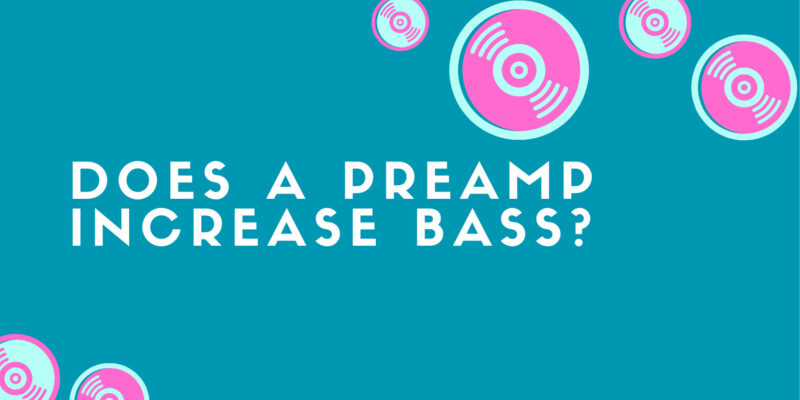In the world of audio equipment and sound reproduction, preamps are essential components that can significantly influence the character and tone of your audio signals. Many audio enthusiasts wonder whether preamps have the power to increase bass frequencies and enhance the low-end performance of their audio systems. In this article, we’ll explore the function of preamps and whether they have a direct impact on boosting bass.
Understanding Preamps:
Before delving into their impact on bass, it’s crucial to understand what preamps do. Preamps, short for “preamplifiers,” are electronic devices designed to amplify and prepare low-level audio signals for further processing or amplification. They can be found in various audio equipment, from turntables to microphones and musical instruments.
The Role of Preamps in Bass Enhancement:
Preamps themselves do not have the primary function of increasing bass frequencies. Instead, their primary purpose is to provide gain (amplification) and impedance matching, ensuring that audio signals maintain their integrity as they pass through an audio chain.
However, the perception of increased bass in audio systems can be influenced by preamps in several indirect ways:
1. Signal Clarity: High-quality preamps can provide cleaner amplification of the entire audio signal, including the bass frequencies. This results in a more defined and accurate representation of bass in the audio output.
2. Impedance Matching: Proper impedance matching between audio source components (e.g., turntable, microphone) and the preamp can minimize signal loss and ensure that bass frequencies are faithfully transmitted through the system.
3. Equalization and Tone Control: Some preamps feature tone control settings, including bass and treble adjustments. These controls can be used to fine-tune the overall tonal balance, emphasizing or reducing bass frequencies as desired.
4. Phono Preamps and Bass in Vinyl Playback: In the context of vinyl playback, phono preamps (specifically designed for turntables) play a role in accurately reproducing bass frequencies by applying the RIAA equalization curve. This curve helps restore the bass frequencies recorded on vinyl during playback.
5. Subwoofer Integration: In home theater setups, preamps often include subwoofer outputs and controls. These allow users to adjust the crossover frequency and volume of subwoofers, effectively managing the low-frequency component of the audio.
Conclusion:
While preamps themselves are not designed to “increase” bass, they do play a crucial role in shaping the overall audio experience by maintaining signal integrity, clarity, and accuracy. The perception of enhanced bass in your audio system is often the result of proper signal handling, impedance matching, and tone control settings provided by high-quality preamps.
If you’re looking to optimize bass performance in your audio setup, it’s essential to consider the entire chain, including the quality of your source components, speakers, amplifiers, and room acoustics. A well-balanced audio system, in which each component is thoughtfully chosen and calibrated, will contribute to a satisfying and immersive bass experience.


